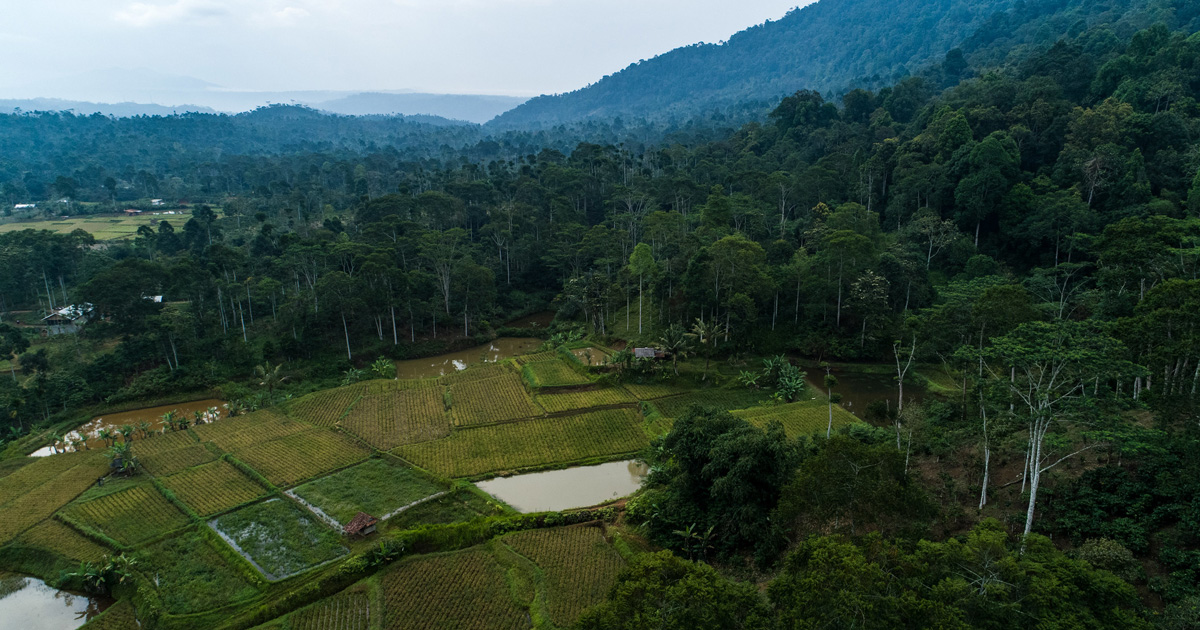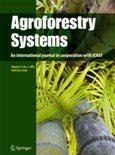DOI:
https://doi.org/10.1080/20964129.2021.1915183Altmetric score:
Dimensions Citation Count:
Publication year
2022
Authors
Sarathchandra, C.; Alemu Abebe, Y.; Worthy, F.R.; Lakmali Wijerathne, I.; Ma, H.; Yingfeng, B.; Jiayu, G.; Chen, H.; Yan, Q.; Geng, Y.; Weragoda, D.S.; Li, L.; Fengchun, Y.; Wickramasinghe, S.; Xu, J.
Language
English
Keywords
land use, land cover, carbon sinks, rubber plants, remote sensing, deforestation
Geographic
China























